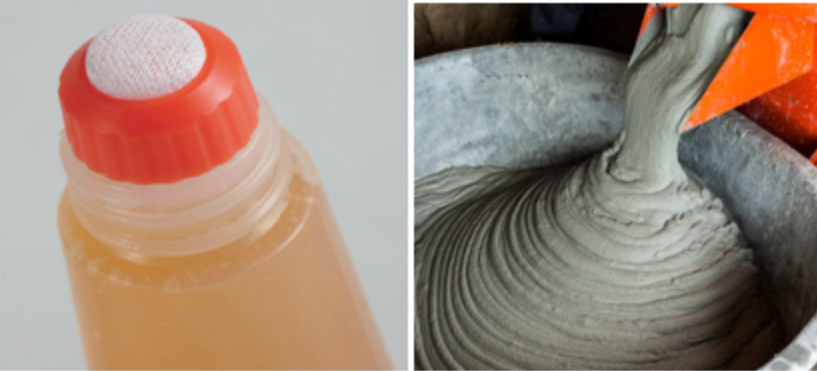Polyvinyl Alcohol For Glue and Other Uses
PVA or polyvinyl alcohol adhesives are water-based adhesives. With the exception of PVAC (polyvinyl acetate), which is a solution for bonding porous substrates such as textiles and paper fibers, the drying time of PVA adhesives is usually longer than that of PVAC adhesives. For DIY purposes, PVAC glue is advantageous to use in most cases. pva is mostly known as PVOH glue in the industry.
Pharma Intermediatesadhesives are water-based adhesives. With the exception of PVAC (polyvinyl acetate), which is a solution for bonding porous substrates such as textiles and paper fibers, the drying time of PVA adhesives is usually longer than that of PVAC adhesives. For DIY purposes, PVAC glue is advantageous to use in most cases. PVA is mostly known as PVOH glue in the industry.
Polyvinyl alcohol is used as a pure glue, but can also be used as a thickener for wall paints, paper coatings and various other water-based liquids. Polyvinyl alcohol forms very good adhesive films, is readily soluble in water and has essentially good adhesive properties, depending on the bonding process and material. It is resistant to many oils, fats and solvents.
Some synthetic resin adhesives
Polyvinyl Acetate
Adhesives are made from polyvinyl acetate emulsions. It is non-toxic, odorless and has high bonding strength, but has poor water and heat resistance. It can be used alone or mixed with cement, gypsum, carboxymethyl cellulose, etc. As a non-structural adhesive, it is commonly used for plastic wallpaper, bonding wood, ceramic decorative materials, gypsum board and other uses.
Polyvinyl alcohol
Polyvinyl alcohol adhesive can be made by dissolving polyvinyl alcohol resin in water. It is a non-structural adhesive. It is widely used for the adhesion of architectural wallpapers or ceramic panels, and can also be mixed into cement mortar to improve the adhesion of mortar.

Manufacturer High quality PVA Powder for Glue
Epoxy Resin
Epoxy resin loaded epoxy resin binder is generally a two-component. Epoxy resin adhesive is packed separately from curing agent, toughening agent and other additives. When needed, the two components are mixed together to form an epoxy resin adhesive.
Epoxy resin and other general-purpose adhesives have strong adhesion to wood, metal, rubber, plastic, and cement-based materials. It can be cured with different curing systems. It is mainly used for reinforcement of concrete structures, bonding of metal to concrete, repair of cracks, bonding of glass, natural stone and ceramics.
Polyurethane
It can be cured at room temperature. It has good adhesion to plastic, metal, glass and other materials, and has the properties of solvent resistance, acid resistance, oil resistance, impact resistance, etc. It is suitable for waterproof and anti-corrosion projects.
Uses
1 PVA is used in various medical applications because of its biocompatibility, low tendency of protein adhesion and low toxicity. Specific uses include cartilage replacement, contact lenses and eye drops.
2 Polyvinyl alcohol is used as a suspension polymerization aid. Its largest application in China is as a protective colloid to make polyvinyl acetate dispersions.
3 In Japan, its main use is in the production of vinylon fiber. Another application is photographic film.
4 PVA-based polymers are widely used in additive manufacturing. For example, 3D printed oral dosage forms show great potential in the pharmaceutical industry.
5 In cases where PVA is used as a binder substance, drug-loaded tablets with improved drug release properties can be manufactured.
6 In medicine, it can also be used as an embolic agent in uterine fibroid embolectomy (UFE).

Please contact TANGPENG if you have any questions. We are a professional enterprise integrating science, technology, manufacture and trade. We own automatic production lines and world-class equipment, our main products are RDP-VAE, HPMC, MHEC, HEC, CMC, PVA, Crack Resistant Staple Fibers and Titanium Dioxide etc.